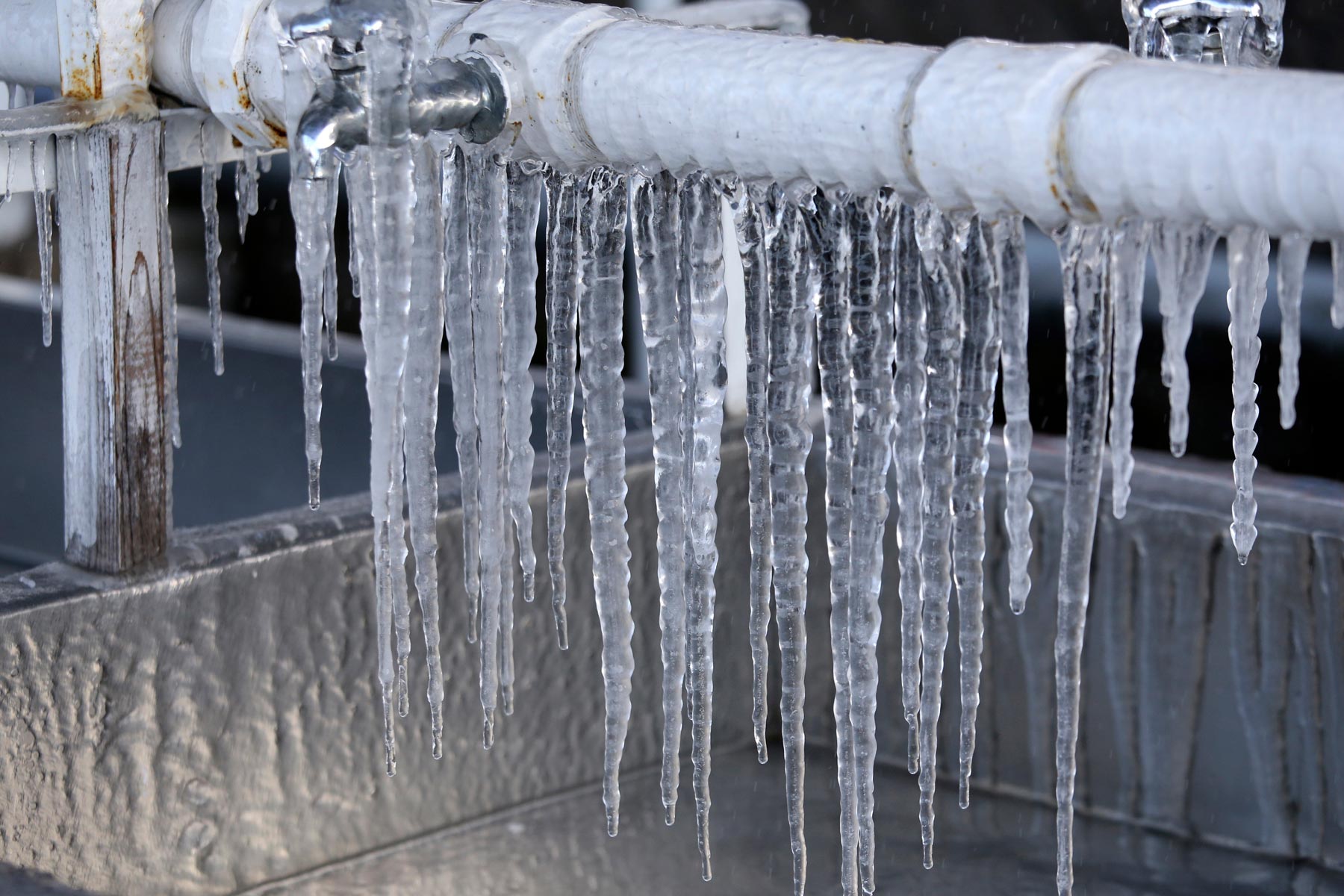Safeguarding Pipes from Freezing Issues: Critical Approaches
Safeguarding Pipes from Freezing Issues: Critical Approaches
Blog Article
We have stumbled upon this article on Prevent Frozen Pipes below on the net and reckoned it made sense to quickly share it with you on this site.

Cold weather can ruin your plumbing, particularly by freezing pipelines. Here's just how to avoid it from taking place and what to do if it does.
Introduction
As temperatures decrease, the threat of frozen pipelines increases, possibly leading to expensive repairs and water damage. Recognizing exactly how to stop frozen pipes is critical for property owners in chilly environments.
Understanding Frozen Pipelines
What creates pipes to freeze?
Pipes freeze when subjected to temperature levels listed below 32 ° F (0 ° C) for expanded durations. As water inside the pipelines ices up, it increases, putting pressure on the pipe walls and potentially causing them to burst.
Risks and problems
Frozen pipelines can cause supply of water interruptions, property damages, and expensive repair services. Ruptured pipes can flooding homes and cause considerable architectural damage.
Signs of Frozen Piping
Identifying frozen pipelines early can avoid them from rupturing.
Just how to identify frozen pipelines
Look for reduced water circulation from taps, uncommon odors or noises from pipes, and visible frost on subjected pipelines.
Avoidance Tips
Shielding vulnerable pipes
Cover pipes in insulation sleeves or utilize warm tape to secure them from freezing temperature levels. Concentrate on pipelines in unheated or outside areas of the home.
Heating techniques
Maintain indoor rooms properly heated, specifically locations with plumbing. Open closet doors to permit warm air to circulate around pipelines under sinks.
Protecting Exterior Plumbing
Garden tubes and outside faucets
Separate and drain yard pipes before winter. Mount frost-proof spigots or cover exterior faucets with shielded caps.
What to Do If Your Pipes Freeze
Immediate actions to take
If you presume frozen pipes, maintain taps open up to ease stress as the ice thaws. Use a hairdryer or towels taken in hot water to thaw pipes slowly.
Long-Term Solutions
Structural modifications
Think about rerouting pipelines away from outside wall surfaces or unheated areas. Include additional insulation to attic rooms, basements, and crawl spaces.
Updating insulation
Invest in top quality insulation for pipelines, attic rooms, and walls. Appropriate insulation aids maintain constant temperature levels and reduces the danger of icy pipelines.
Conclusion
Stopping frozen pipes needs aggressive actions and quick responses. By comprehending the causes, indications, and safety nets, house owners can protect their plumbing during winter.
5 Ways to Prevent Frozen Pipes
Drain Outdoor Faucets and Disconnect Hoses
First, close the shut-off valve that controls the flow of water in the pipe to your outdoor faucet. Then, head outside to disconnect and drain your hose and open the outdoor faucet to allow the water to completely drain out of the line. Turn off the faucet when done. Finally, head back to the shut-off valve and drain the remaining water inside the pipe into a bucket or container. Additionally, if you have a home irrigation system, you should consider hiring an expert to clear the system of water each year.
Insulate Pipes
One of the best and most cost-effective methods for preventing frozen water pipes is to wrap your pipes with insulation. This is especially important for areas in your home that aren’t exposed to heat, such as an attic. We suggest using foam sleeves, which can typically be found at your local hardware store.
Keep Heat Running at 65
Your pipes are located inside your walls, and the temperature there is much colder than the rest of the house. To prevent your pipes from freezing, The Insurance Information Institute suggests that you keep your home heated to at least 65 degrees, even when traveling. You may want to invest in smart devices that can keep an eye on the temperature in your home while you’re away.
Leave Water Dripping
Moving water — even a small trickle — can prevent ice from forming inside your pipes. When freezing temps are imminent, start a drip of water from all faucets that serve exposed pipes. Leaving a few faucets running will also help relieve pressure inside the pipes and help prevent a rupture if the water inside freezes.
Open Cupboard Doors
Warm your kitchen and bathroom pipes by opening cupboards and vanities. You should also leave your interior doors ajar to help warm air circulate evenly throughout your home.

As a passionate person who reads about Winter Plumbing Precautions: Preventing Frozen Pipes, I think sharing that piece of content was a good thing. For those who enjoyed our article please be sure to share it. We love reading our article about How to prepare your home plumbing for winter weather.
View Report this page